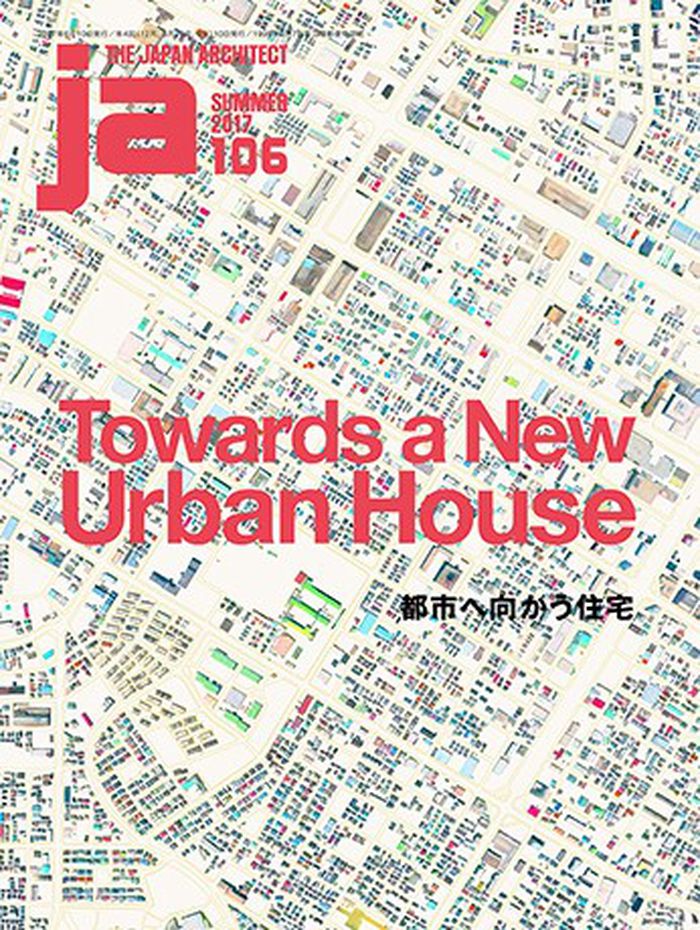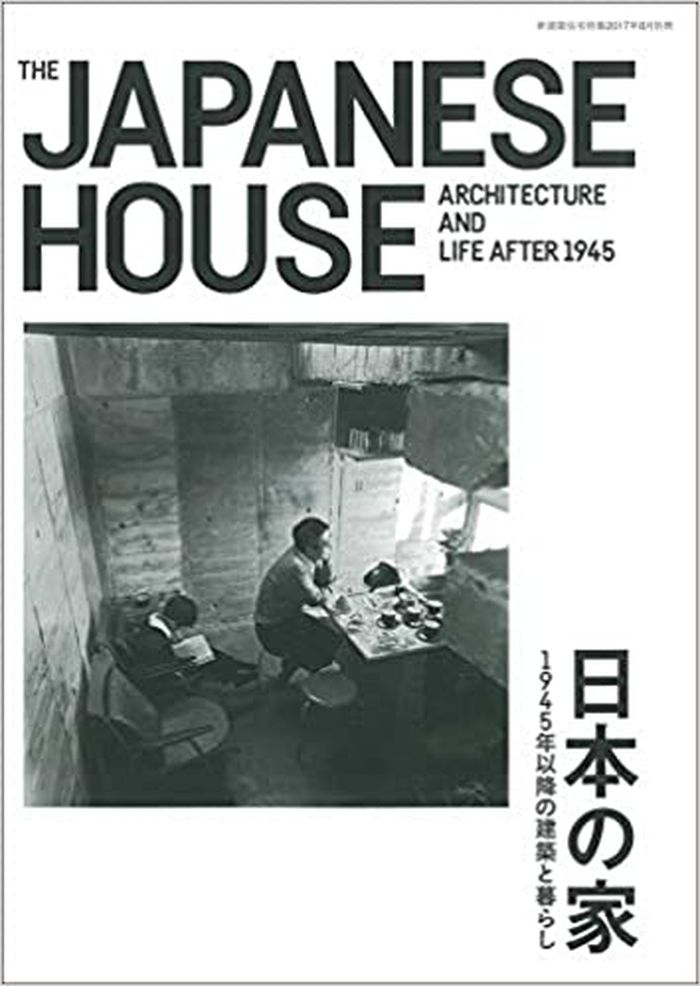$52.95
(available in store)
Summary:
This issue showcases new urban housing projects paired with commentary their designers. Essays by Teppei Fujiwara, and Masatake Shinohara opens the publication. The Japan Architect showcases contemporary Japanese architecture with in-depth commentary on the theoretical history and context of the projects. It is organized with an emphasis on developments originating in Japan.
JA 106: Towards a new urban house. Summer 2017
Actions:
Price:
$52.95
(available in store)
Summary:
This issue showcases new urban housing projects paired with commentary their designers. Essays by Teppei Fujiwara, and Masatake Shinohara opens the publication. The Japan Architect showcases contemporary Japanese architecture with in-depth commentary on the theoretical history and context of the projects. It is organized with an emphasis on developments originating in Japan.
Magazines
$60.00
(available to order)
Summary:
Since the end of World War II the Japanese have experienced far-reaching social and environmental changes encompassing the post-war recovery period, rapid economic growth, the bubble economy and its collapse, and natural disasters. Commissioned by individual homeowners, Japanese architects have responded in turn by offering potential solutions for social issues, as well(...)
Jutakutokushu 2017:08 Special issue. The Japanese house, architecture and life after 1945
Actions:
Price:
$60.00
(available to order)
Summary:
Since the end of World War II the Japanese have experienced far-reaching social and environmental changes encompassing the post-war recovery period, rapid economic growth, the bubble economy and its collapse, and natural disasters. Commissioned by individual homeowners, Japanese architects have responded in turn by offering potential solutions for social issues, as well as ideas for new ways of living, via the small-scale architecture of the house. This book presents 75 houses designed by over 50 architects, divided into thirteen themes, from “Earthy Concrete” and “Play” to “Redefining the Gap”. Richly detailed with more than 400 models, plans, and photographs.
Magazines

